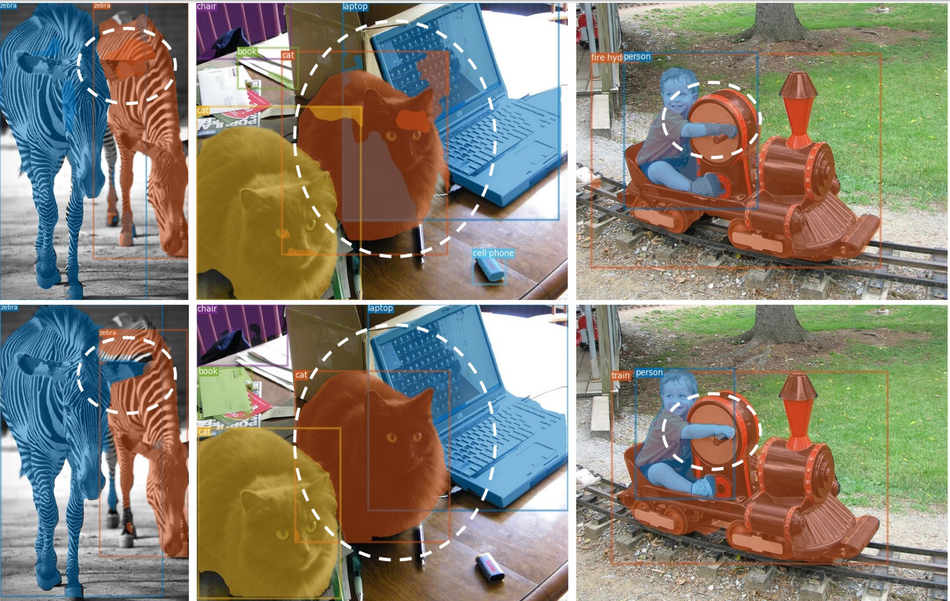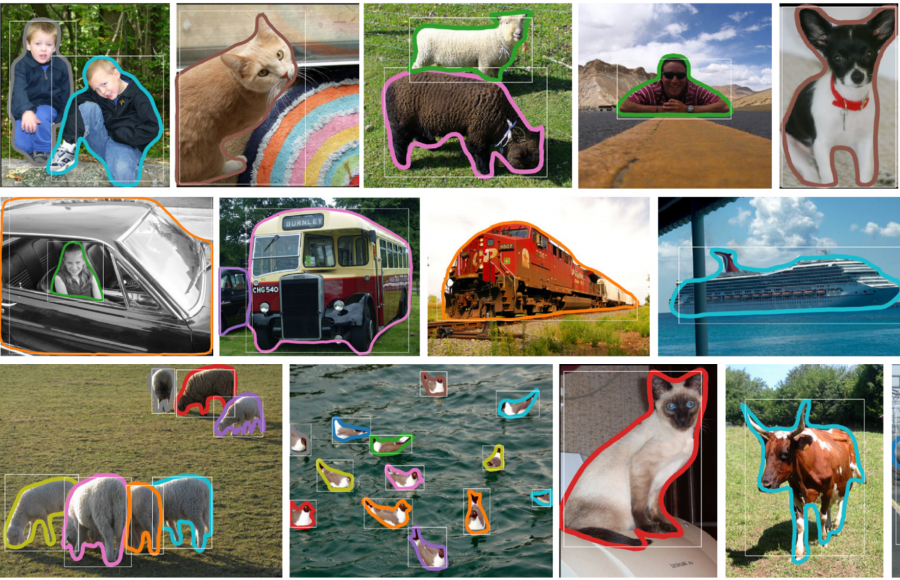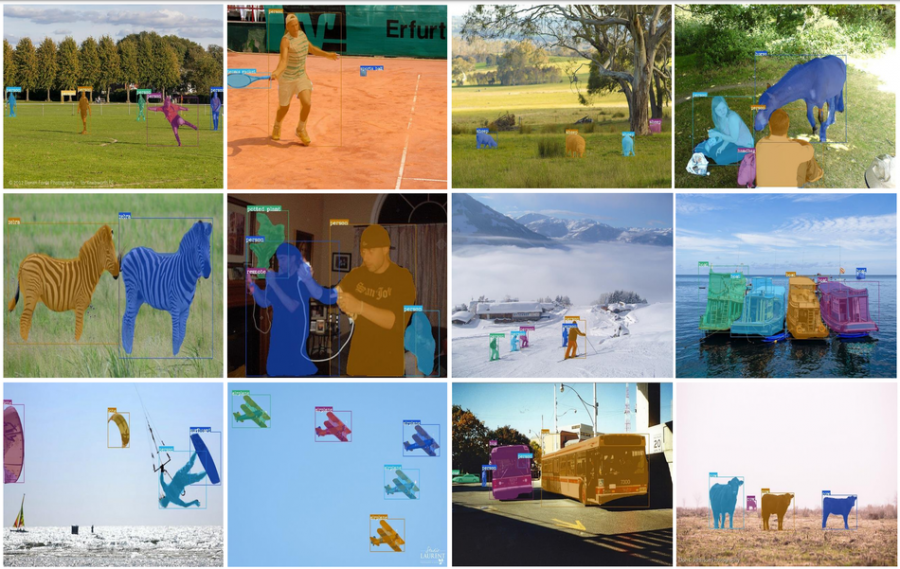
A Survey on Instance Segmentation: State of the art Abdul Mueed Hafiz, Ghulam Mohiuddin Bhat Object detection or localization is an incremental step in progression from coarse to fine digital image inference. It not only provides the classes of the image objects, but also provides the location of the image objects which have been classified.
See a full comparison of papers with code. Hence, instance segmentation may be defined as the technique of simultaneously solving the problem of object detection as well as that of semantic segmentation. The paper provides valuable information for those who want to do research in the field of instance segmentation.
A group of researchers has proposed a new instance segmentation method that achieves state-of-the-art performance on several popular benchmark datasets. Researchers’ main contribution is a novel spatial preservation module (SP) which plays the role of feature pooling mechanism in the proposed single-stage segmentation method.
Abstract: Current state-of-the-art instance segmentation methods are not suited for real-time applications like autonomous driving, which require fast execution times at high accuracy. Although the currently dominant proposal-based methods have high accuracy, they are slow and generate masks at a fixed and low resolution.
Proposal-free methods, by contrast, can generate masks at high resolution and are often faster, but fail to reach the same accuracy as the proposal-based methods. The current state-of-the-art on Cityscapes test is PolyTransform.
This uniquely large and diverse dataset is designed to spur state of the art advances in analyzing and understanding images. This challenge encourages the participants to develop robust computer vision algorithms able to perform well across multiple datasets. We can think of semantic segmentation as image classification at a pixel level.
For example, in an image that has many cars, segmentation will label all the objects as car objects. However, a separate class of models known as instance segmentation is able to label the separate instances where an object appears in an image.
A novel Region of Interest Extraction Layer for Instance Segmentation. In these complex architectures, a crucial role is played by the Region of Interest (RoI) extraction layer, devoted to extract a coherent subset of features from a single Feature Pyramid Network (FPN) layer attached on top of a backbone. It is a form of pixel-level prediction because each pixel in an image is classified according to a category.
Some example benchmarks for this task are Cityscapes, PASCAL VOC and ADE20K. SipMaskis a one-stage neural network for instance segmentation of objects in an image. The model bypasses the previous one-stage state - of - the - art approaches on the COCO test-dev dataset.
Poly-YOLO performs instance segmentation using bounding polygons. For project and code or API request: click here. The network is trained to detect size-independent polygons. State-of-the-art deep learning segmentation methods are on par with human expert performance (Supplemental Ref.
24). Before the advent of deep learning, multi-atlas registration and deformable shape models were popular techniques for segmentation. Some initial studies, such as the those by Yang et al.
State - of - the - art instance -aware semantic segmentation algorithms use axis-aligned bounding boxes as an intermediate processing step to infer the final instance mask output. As the deep learning architectures are becoming more mature, they gradually outperform previous state-of-the-art classical machine learning algorithms. This review aims to provide an overview of current deep learning-based segmentation. Image under CC BY 4. So, let’s have a look at our slides.

Deep Learning Lecture. You see this is already the last part. Part five and now we want to talk about instance segmentation.
We do not just want to detect where pixels with cubes are instead of pixels of cups. Some state - of - the - art instance segmentation models: In this section, we are going to elaborately discuss architectural details of some state - of - the - art CNN based instance segmentation models.
The models are categorized on the basis of the most important feature used. At the end of each categorical discussion, we have also briefly discussed the advantages and weaknesses of a particular model category in brief. Mask R-CNN utilizes a relatively simple method to achieve its success in tasks of object detection, instance segmentation, and keypoint detection. SipMask: New State-of-the-art Instance Segmentation Model.
CelebA-Spoof: New Large-Scale Face Anti-Spoofing Dataset. Voila Lets You Create a Standalone App From Your Jupyter Notebook. In this article I will review papers in the field of instance segmentation.
Semantic Data Augmentation. They are different from the mainstream proposal-based Faster-RCNN based approach like Mask-RCNN or MaskLab and the latest PANet, achieving state-of-the-arton multiple datasets (CityScapes, COCO, MVD). See tutorial on Mask-RCNN here.
Choosing between object detection and segmentation depends on the application and your purpose. If you are dealing with medical images for example, and trying to detect a tumor then you need segmentation, but for detecting a car on the.

For instance, an approach to address major factors and topics in a choice of data sets (size, volume, small, large and otherwise), the accuracy of data, data instrument, data standardization, type of data inputs, data division, and data preprocessing, validations, processing and output techniques.
Aucun commentaire:
Enregistrer un commentaire
Remarque : Seul un membre de ce blog est autorisé à enregistrer un commentaire.